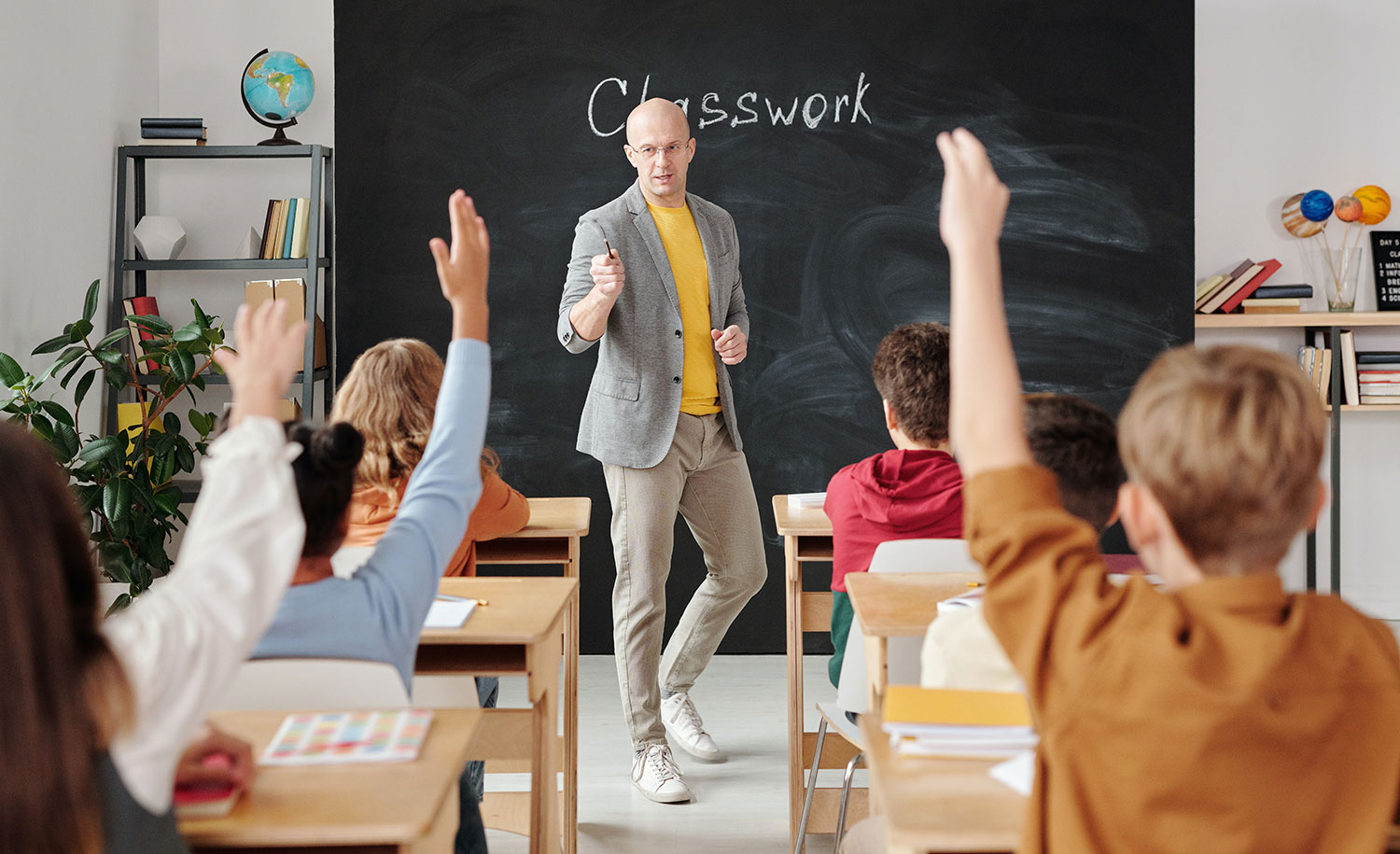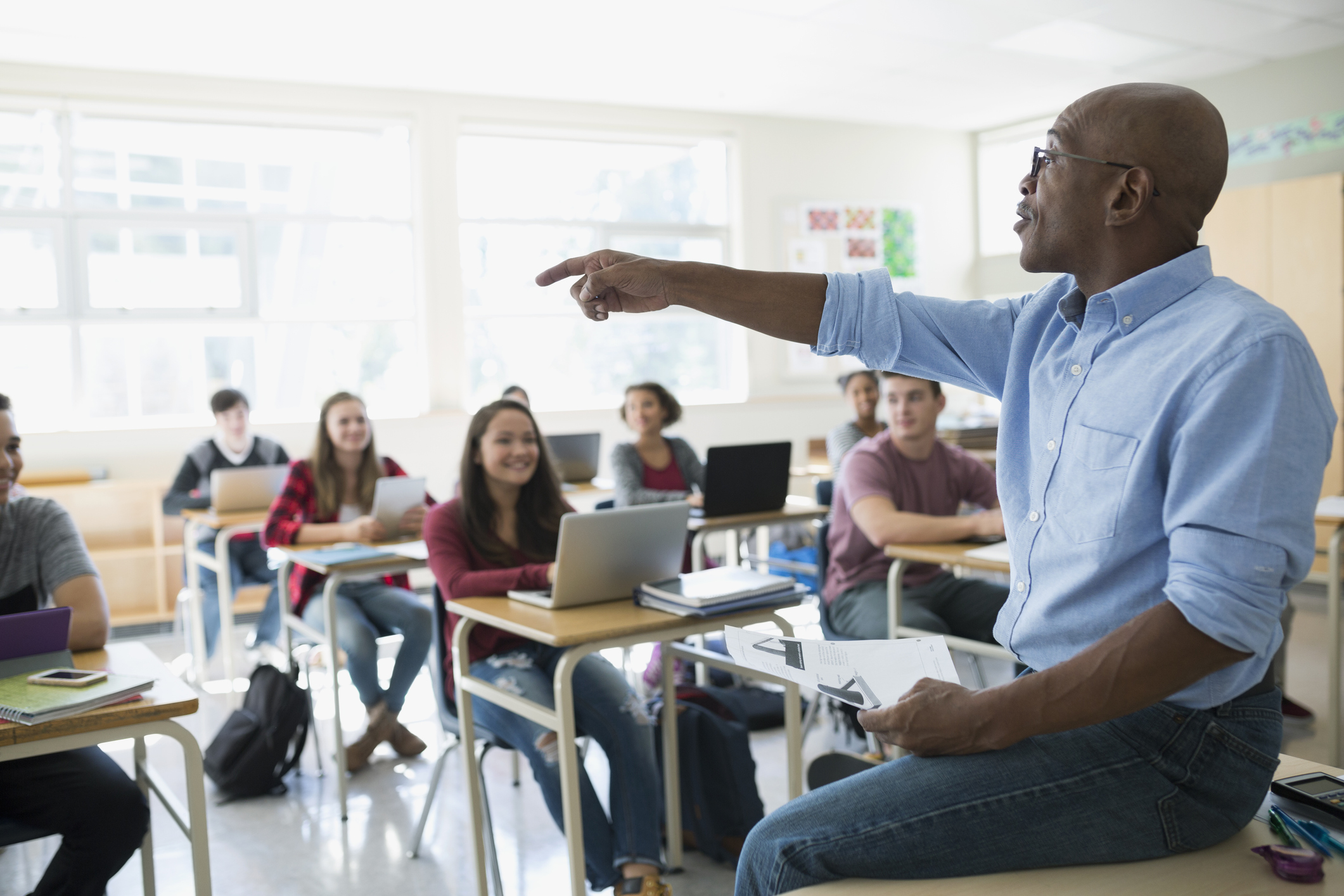Tailored Primary Science Tuition Singapore for Your Child’s Success
Tailored Primary Science Tuition Singapore for Your Child’s Success
Blog Article
Discovering the Various Mentor Methods in Main Science Education Today
Inquiry-based knowing, hands-on experiments, and the combination of technology are redefining exactly how instructors engage young minds. Additionally, collective strategies and differentiated guideline are being used to cater to the diverse demands of trainees, enhancing both interaction and understanding.
Inquiry-Based Understanding
Inquiry-Based Learning (IBL) is an instructional strategy that motivates students to check out clinical concepts with wondering about, examination, and hands-on experimentation. This technique emphasizes the function of pupils as active individuals in their knowing, promoting important reasoning and problem-solving abilities. By engaging with real-world concerns, trainees come to be motivated and interested, which enhances their understanding of scientific principles.
In IBL, educators work as facilitators, guiding trainees as they browse their questions as opposed to delivering information straight. This student-centered strategy enables differentiation, fitting numerous learning paces and designs. Pupils create abilities in developing theories, creating experiments, and assessing information, which are essential for clinical proficiency.
In addition, IBL cultivates partnership amongst students, encouraging them to share searchings for and ideas. This cumulative query promotes social skills and a feeling of area within the class. The procedure of query motivates strength, as trainees learn to welcome failure as a tipping stone toward understanding.
Hands-On Experiments
Hands-on experiments are a vital component of effective scientific research education and learning, complementing the principles of inquiry-based understanding. These experiments enable students to involve directly with scientific principles, promoting a deeper understanding via experiential understanding. By manipulating materials and observing outcomes, young learners can understand abstract concepts in substantial ways.
Such activities promote vital thinking and analytical skills, as pupils hypothesize end results, conduct experiments, and assess outcomes. This procedure urges them to ask inquiries, improve their understanding, and develop a clinical way of thinking. Moreover, hands-on experiments can be tailored to varied discovering designs, guaranteeing that all pupils have the chance to engage meaningfully with the material.
Moreover, hands-on experiments commonly urge collaboration amongst peers, promoting teamwork and communication skills. Operating in groups enables trainees to share concepts, go over searchings for, and gain from each other, which boosts their general academic experience.
Integrating hands-on experiments right into the key scientific research curriculum not only enhances the discovering environment however likewise cultivates a lifelong interest in science. By actively taking part in their education, pupils are much more likely to develop a passion for clinical inquiry that extends past the class.

Innovation Combination
Integrating innovation into main science education and learning has actually come to be significantly necessary in cultivating pupil involvement and boosting learning end results. Making use of electronic tools, such as interactive simulations, virtual laboratories, and educational software, provides pupils with chances to discover clinical ideas in innovative ways. These sources promote a much deeper understanding of complicated topics by enabling learners to imagine and manipulate variables that would certainly be unwise in a typical class setup.
Furthermore, technology integration urges customized learning experiences. Pupils can advance at their own rate, reviewing challenging principles with multimedia resources, which accommodate different learning designs. This adaptability not just supports private growth but additionally cultivates a feeling of autonomy in students.
Additionally, innovation works as a bridge to real-world science, connecting trainees with current study and expert payments. Access to online data sources and scientific journals expands students' point of views on clinical inquiry and fosters crucial assuming skills.
Collaborative Discovering
Joint understanding plays a crucial duty in primary science education by cultivating teamwork and communication skills amongst trainees. This approach urges learners to interact, share expertise, and take part in problem-solving, which improves their understanding of clinical concepts. By joining group activities, trainees find out to articulate their ideas, listen to diverse perspectives, and bargain remedies, every one of which are important skills in both real-world and academic contexts.

Research study indicates that joint discovering can result in raised motivation and interaction in science topics, as students discover satisfaction in shared experiences (primary science tuition Singapore). Furthermore, this method prepares pupils for future collaborative ventures, furnishing them with the abilities needed for effective team effort in greater education and learning and professional settings. Ultimately, accepting joint learning in main scientific research education and learning can substantially improve the discovering experience and promote a much deeper understanding of clinical questions
Distinguished Direction

Separated guideline can manifest in different methods, such as varying the material, processes, or products of understanding. As an example, educators might utilize tiered projects that offer differing levels of complexity, permitting pupils to operate at their particular readiness levels. Furthermore, flexible organizing approaches can assist in cooperation among pupils with various abilities, promoting peer learning.
Analysis plays an important duty in this strategy, as it educates direction and assists teachers understand each pupil's unique requirements. Formative assessments, such as tests and observations, can guide instructors in changing their techniques to improve discovering results. primary science tuition Singapore. Eventually, by applying distinguished direction in main science education and learning, instructors can cultivate a much more equitable and effective discovering atmosphere, encouraging all pupils to reach their full capacity in recognizing clinical sensations
Verdict
In summary, the diverse mentor methods in main science education and learning, including inquiry-based understanding, hands-on experiments, modern technology combination, joint learning, and set apart guideline, jointly contribute to a much more efficient learning setting. These approaches advertise important reasoning, problem-solving abilities, and a deeper comprehension of scientific ideas. By applying these methods, educators can create encouraging and appealing classrooms that Continued address the different needs of students, ultimately promoting a long-lasting passion in scientific research and boosting academic accomplishment.
Inquiry-Based Understanding (IBL) is a pedagogical strategy that encourages pupils to explore clinical ideas through questioning, investigation, and hands-on experimentation.Collective understanding plays an important function in primary scientific research education by cultivating team effort and interaction skills amongst students.Research study shows that joint discovering can lead to boosted inspiration and involvement in scientific research subjects, as pupils locate satisfaction in shared experiences.In cultivating an inclusive understanding atmosphere, differentiated guideline arises as a key approach to fit the diverse demands and abilities of trainees in key scientific research education. Ultimately, by carrying out distinguished direction in key science education and learning, educators can cultivate an extra equitable look here and reliable learning environment, equipping all students to reach their complete capacity in understanding scientific sensations.
Report this page